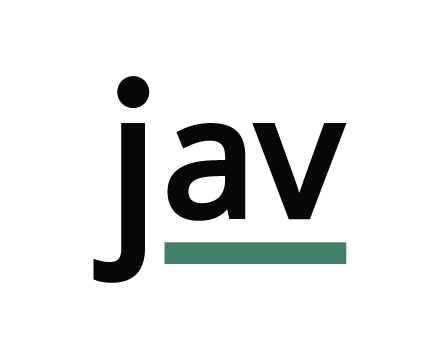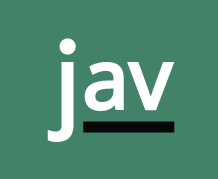When designing for communities, it's crucial to remember that everything is designed, whether good or bad. Designs are essentially plans or decisions that impact people beyond one's own circle. For example, social systems that enable oppression and inequalities are designed, which makes everyone a designer—mind-blowing, right? The good news is that these systems can be redesigned, so there's always hope. This perspective is essential when tackling the difficult issues society faces today.
With our minds now open, it's a great time to emphasize key principles when designing for communities. Specifically, we should focus on Equity-Centered Community Design (ECCD), which includes components such as people, power, systems, actions, history, and healing. This type of design approach helps us support and uplift emerging designers—essentially anyone and everyone in the community—who are working to redesign systems of oppression in schools, cities, families, cultures, and other aspects of their communities.
Source Photo: Creative Reaction Lab Publication; Equity-Centered Community Design Field Guide
Diving deeper, the ECCD Field Guide provides Community Agreements to encourage the best outcomes with collaborators and co-designers. These agreements include:
+ Actively listening and respecting differences in opinions.
+ Using “I” statements, as you can only speak for yourself and your own experiences.
+ Leaning into discomfort.
+ Addressing the issue, not the person. If conflict arises, avoid personal attacks.
+ Not assuming everyone shares your beliefs and understandings.
The ECCD Field Guide covers many important aspects of achieving equity, which occurs when outcomes are not predictable or oppressive based on people's identities or characteristics (e.g., race, sexual orientation, gender identity, or ability status). Empathy is also crucial in this design system to make a meaningful impact.
To form your own thoughts, download a copy of the Equity-Centered Community Design Field Guide here.
Source Photo: Creative Reaction Lab Publication; Equity-Centered Community Design Field Guide

